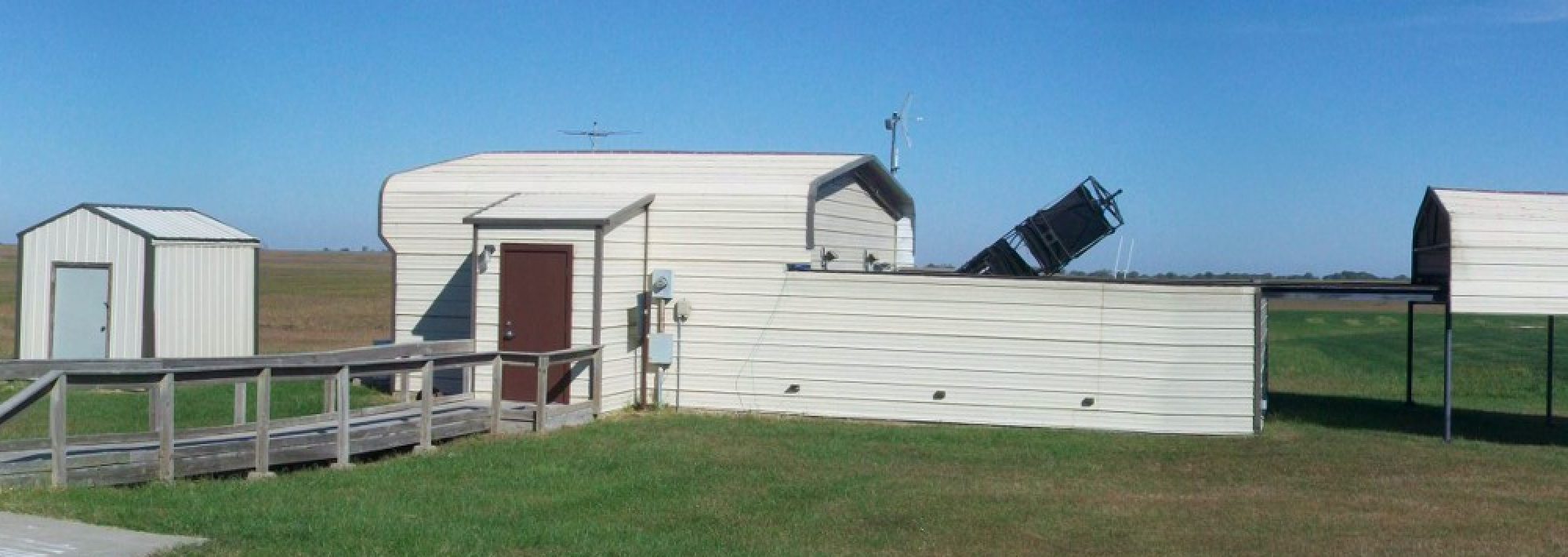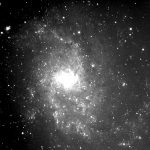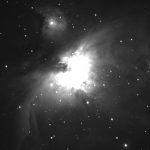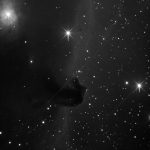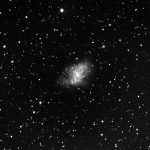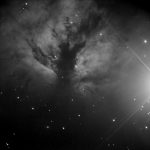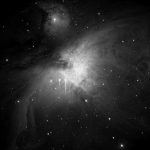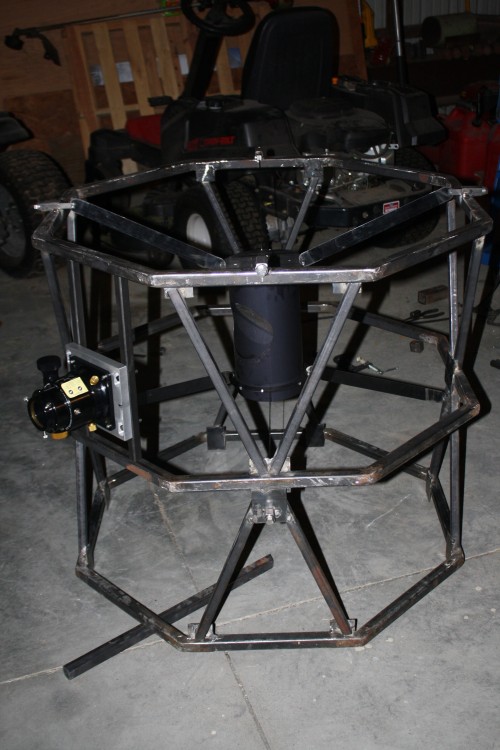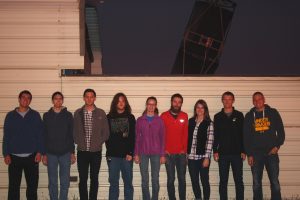Tombaugh Extension update
I’m nearly finished with the Tombaugh extension. The total weight is about 80lbs including the focuser and the secondary assembly (does not include any eyepieces or cameras.) The height is 32 inches and the width 36″. The secondary will set about 12″ inside the last octagonal ring so there is no need to use a light block extended past the tube. The only difference will be the focuser and the secondary mirror will be 1 1/2 to 2″ closer to the primary than that shown in the picture.
I’m getting the cage assembly sand blasted this week and taking it to be powder-coated (flat black). If all goes well we could use the Tombaugh visually by the new moon in late November…
Great fall imaging target – M33
Fall Target – M33
A recent image of M33, (the Triangulum Galaxy) 20 minutes long taken 8-3-16 at Sandlot . It’s a great target for fall observing. It’s over 1/2 degree wide and has a multitude of obvious nebulae. (Enhanced more so in a a color image.) It’s a relatively close-by galaxy at a distance of 3 million Lt. Yrs. 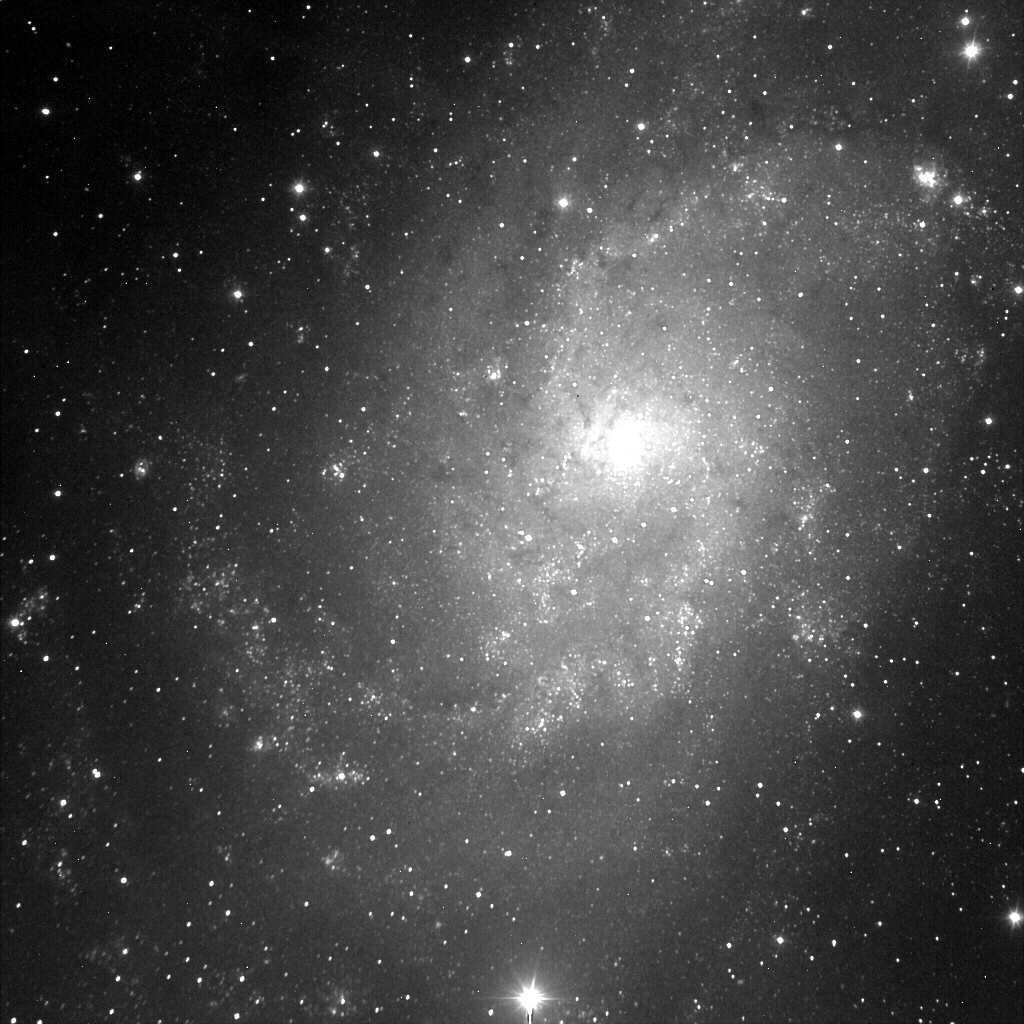
Summer Planet Show
There’s a planetary show going on now–Mars is as close as it’s been in a decade, Saturn’s at opposition, and Jupiter’s up in the west through July. This is a great time to come out to Farpoint, fellow star gazers. Jupiter will still be well up by the Open House on June 26, but will be getting pretty low by July 23. Mars and Saturn will be up all summer. The Open House on July 9 will have a near-first-quarter moon near Jupiter, so that’s probably not the best night for seeing Jupiter, but good for viewing lunar details up close.
Wherever you are, don’t miss the unique orange glow of Mars this summer. You won’t see it again for some time.
Spectrum of the Ring Nebula
I’ve uploaded a slice of an image showing the spectra of the Ring Nebula (M57). It was taken with the club’s Rainbow Optics 200 lines/mm grating and my 80 mm ED Apogee Refractor. The image duration was 37 minutes taken on 4-14-2026. The ring at zero order is at the bottom and the blue and red ghost images near the top are a result of mainly oxygen (blue) and a combination of Nitrogen and Hydrogen (red).
This from a 3 ” refactor, just imagine what the 27″ Tombaugh can do..
Gary 
Telescope Workshop and Open Astronomy Forum
The February 25 General Meeting will be a hands-on telescope workshop and Astronomy Q and A. There will be several types of telescopes on display, with experienced scope drivers to demonstrate their use. You are welcome to bring your own telescope or binoculars for personalized assistance. The floor will be open for astronomy questions and topics. There may also be some videos, etc. on — topics unknown.
If you have a question, but are unable to attend, send it to us through the website and we’ll send you a response based on the discussion at the meeting.
Comet with dual tail
Comet C/2013 US10 is currently in the morning just north a few degrees of Venus. It is starting to fade from its current 5.0 Magnitude. This image was taken with a Cannon EOS Rebel and a stock (non-L) lens.
The camera and lens was mounted on a StarSync Tracker. (local manufacturer)
Its a 2 minute image taken December 9th at 300 mm focal length that shows both gas and dust tail separated by a large angle. G. Hug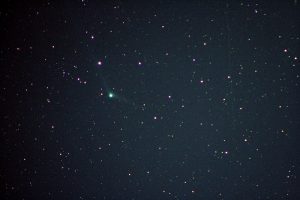
KU Observational class at Farpoint
Kansas University Observational astronomy class meet at Farpoint for an all-night observing run Oct 24th.
We were surprised that the water was turned off at the school (and therefore at Farpoint.) I had to make a quick run to Topeka to pick several 2.5 gal water jugs to use for toilet flushing. There was an apparent leak on the water line just after it left the school so they the shut the water off. I just wish they would have notified us prior to having 10 students and a crock pot of white chili!! The picture has most of the students that made the all-nighter at Farpoint.
Total Lunar Eclipse at Farpoint
Farpoint Observatory will be open around 7:30, September 27, for the total lunar eclipse. This eclipse is of the Harvest Moon, which is often thought to be larger and brighter than others, even though it’s just an illusion. But, it also just happens to occur at perigee, the moon’s closest point to the Earth in its orbit, so it actually will be slightly larger.
A lunar eclipse has several phases. The Penumbra is a faint shadow that isn’t visible without visual aid until near the next phase. The “dark” shadow starts across the face of the moon in the partial eclipse phase. The moon is completed in shadow during the total eclipse phase. As the moon moves out of the Earth’s shadow, the partial and penumbral phases follow, and the eclipse ends. For this eclipse, the phase times are listed below (All times CDT)
Penumbral eclipse begins: 7:12 PM
Partial eclipse begins: 8:01 PM
Total eclipse begins: 9:11 PM
Total eclipse ends: 10:23 PM
Partial eclipse ends: 11:27 PM
Penumbral eclipse ends: 12:23 AM (Sept. 28)
First light #2
From the new (partial) Celestron 14″/Paramount MX+ rig, this is a single unguided, manually focused, un-flat-corrected, 60-second image of the Dumbbell Nebula, Messier 27, from my backyard observatory last Friday night, with hazy skies and substantial wind.

Not sure how much detail you can see in this 420×280 scale-down of the original 3072×2048 image. There’s perhaps a trace of coma, but that won’t be sure until the polar alignment and guiding are set. Already the whole-sky pointing RMS is down to 13 arcseconds. Pretty good for 3 hours after bolting all the pieces together, and it promises to be plenty good for variable-star photometry.
